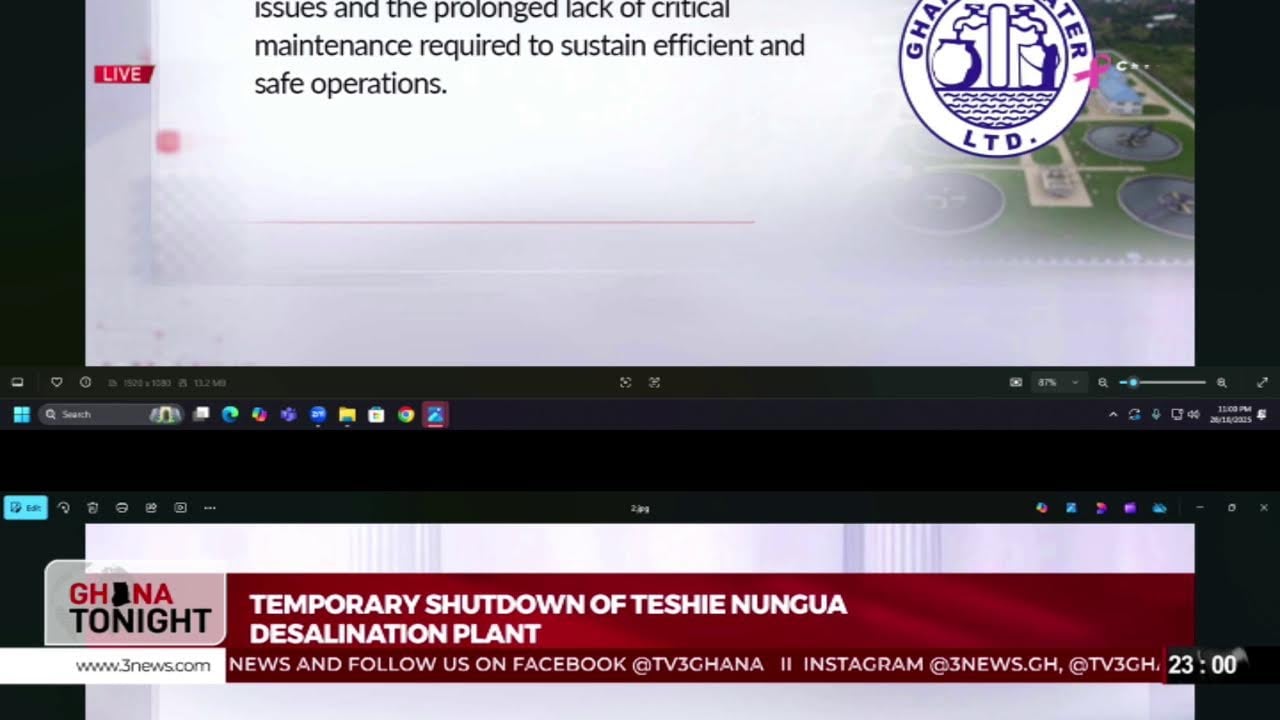

 Mr Hamza Azindoo, the Mion District Chief Executive (DCE), said seven out of 10 basic schools in the district lack adequate classroom infrastructure and furniture, hindering quality education and preventing school dropouts.
Mr Hamza Azindoo, the Mion District Chief Executive (DCE), said seven out of 10 basic schools in the district lack adequate classroom infrastructure and furniture, hindering quality education and preventing school dropouts.
“Most of our schools are without proper classroom structures. Pupils study under trees or in makeshift sheds. Furniture is also a major issue, with many children sitting on bare floors during lessons,” he said.
In an interview with the Ghana News Agency at the weekend, Mr Azindoo said addressing those gaps was essential for promoting quality education and reducing school dropouts in rural and underserved communities.
He said improving educational infrastructure was among the Assembly’s top priorities, alongside agriculture and healthcare development.
On agriculture, Mr Azindoo expressed the Assembly’s preparedness to leverage the Department of Agriculture to train farmers in climate-smart practices and modern farming technologies to boost yield.
“The rainfall patterns have changed, and many farmers are struggling. We aim to introduce them to adaptive farming techniques and capitalise on national initiatives like Feed Ghana and livestock production,” he said.
The district would also promote dry-season farming through irrigation, the DCE noted, but acknowledged the need for support in constructing dams and other water infrastructure.
On the health sector, he lamented the absence of a district hospital and called on the Government to prioritise the completion of the Agenda 111 hospital project for the district, due to its unique challenge.
Mr Azindoo touched on the sanitation challenges of the area, particularly in densely populated areas where open defecation persisted due to the lack of household toilet facilities.
He said although the district had sanitation by-laws, those laws had not yet been gazetted, making enforcement difficult.
The DCE assured of efforts to formalise and implement those by-laws to ensure new buildings were fitted with water, sanitation and hygiene (WASH) facilities.
“Access to potable water, especially during the dry season, remains a concern. Most surface water sources dry up, forcing residents to walk several kilometres in search of water,” he said.
The Mion District is located in the eastern corridor of the Northern Region and shares boundaries with Yendi Municipal to the East, Tamale Metropolitan and Savelugu Municipal to the West, Gushegu and Karaga to the North and Nanumba North and East Gonja to the South.
The District Assembly was carved out of the defunct Yendi Municipal Assembly in 2012 by Legislative Instrument 2064 (2012) to ensure effective administration and holistic development.
Source: GNA
The post Seven out of 10 basic schools in Mion do not have classrooms and furniture appeared first on Ghana Business News.
Read Full Story






















Facebook
Twitter
Pinterest
Instagram
Google+
YouTube
LinkedIn
RSS